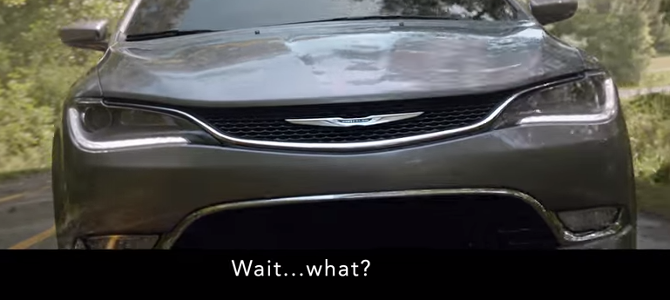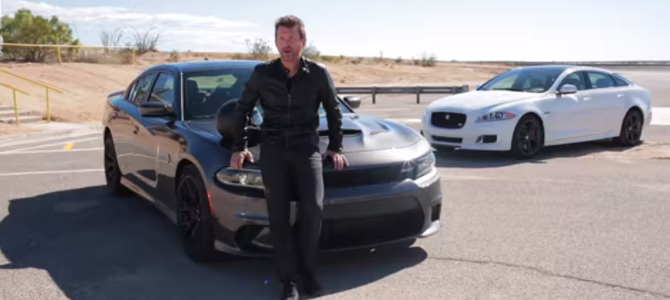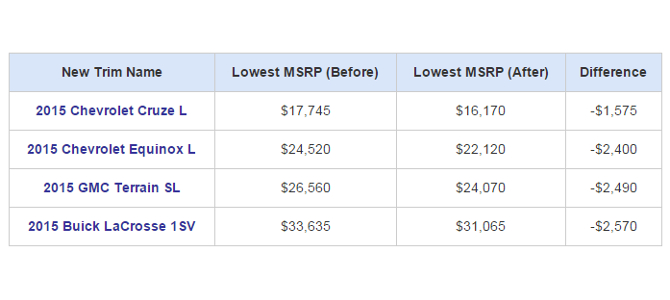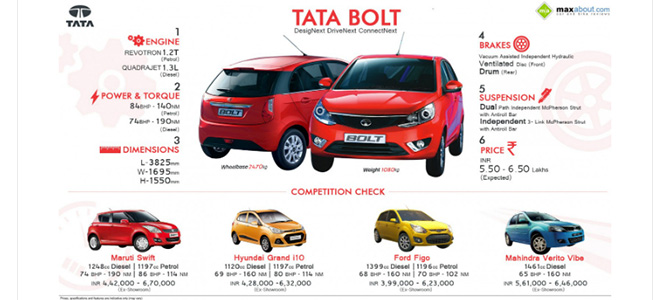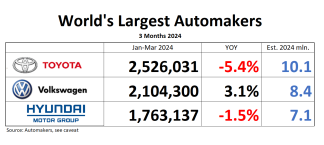
The author, getting an early taste of automotive journalism on his first travel assignment at TTAC (SEMA 2008, Las Vegas)
Some of these days, and it won’t be long
Gonna drive back down
where you once belonged
In the back of a dream car
twenty foot long
Don’t cry my sweet,
don’t break my heart
Doing all right,
but you gotta get smart-David Bowie, “Golden Years”
None of Daily Kanban’s well-informed readers will mistake today’s changing of the editorial guard at the former blogging home of both Bertel and myself with a story of deep importance to the auto industry. I suspect the topic doesn’t even hold the same importance for Bertel, whose time at TTAC was a relative blip across an long and accomplished career (and who is currently on the ground at the Shanghai Auto Show), that it does for me. Even if you are familiar with the history of the site in question and really understand what happened today, it’s just another instance of a dynamic that is playing out across the broader online media. But as I start another week deeply satisfying work, I can’t help but notice that my great professional fortunes all trace back to my time at TTAC. If others are to enjoy the opportunity that I did, it’s important to understand what happened today.

